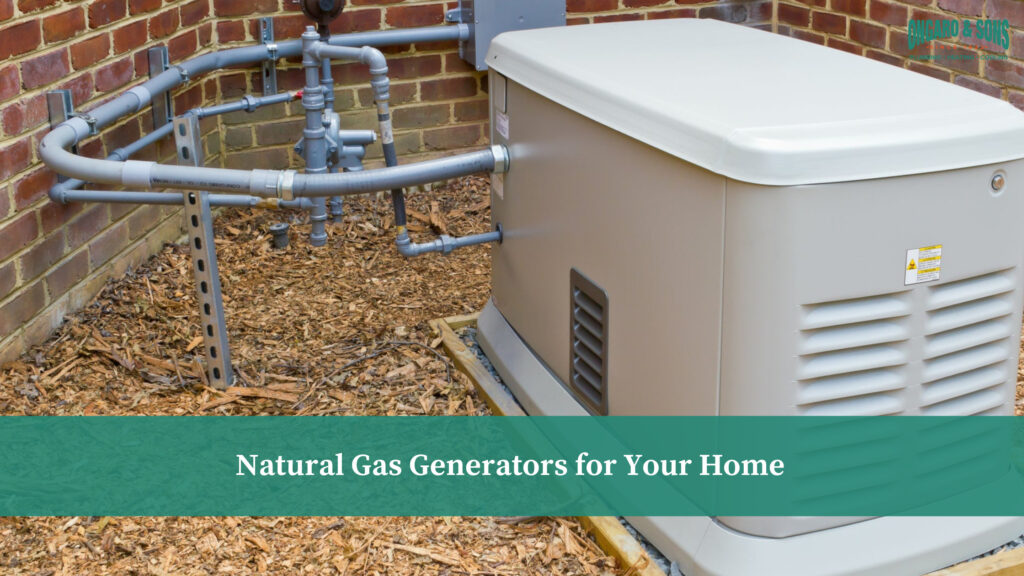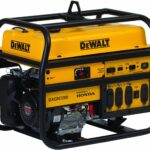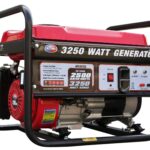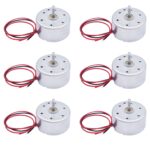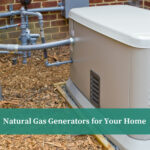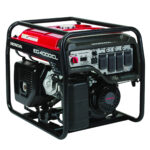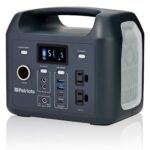Having an in line generator installed in your home is an excellent way to ensure that your home is running smoothly, no matter what the situation. An in line generator can provide your home with a reliable and cost-effective source of power in the event of a power outage. It can also provide a backup source of power for your home during peak electricity usage times. With an in line generator, you can have peace of mind knowing that your home will be running smoothly and efficiently, without interruption.
What is a Generator?
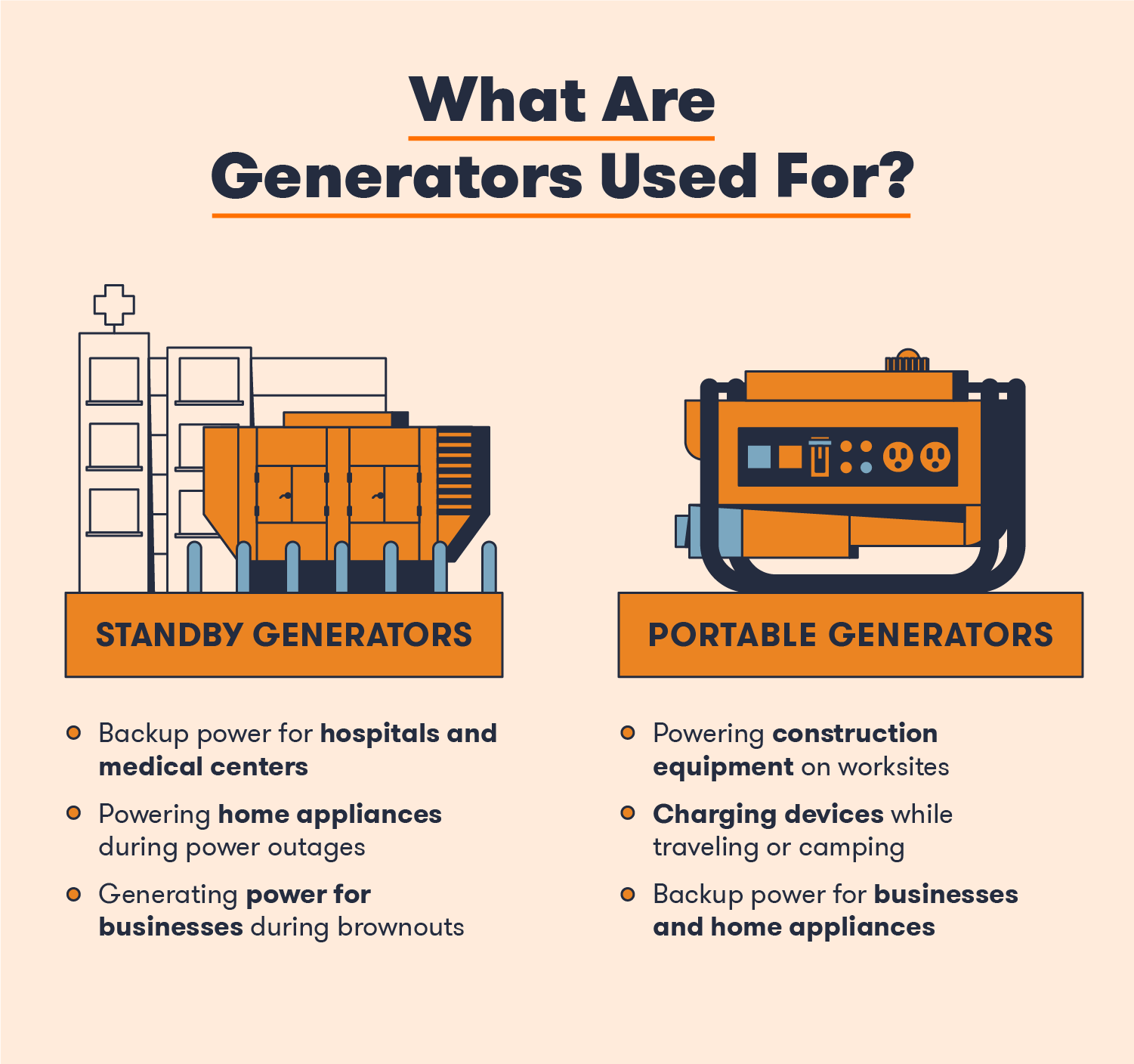
A generator is a device that converts mechanical energy into electrical energy. Generators are used in a variety of applications, from power plants to portable power sources. Generators have a rotor, typically made of copper or aluminum, which rotates within a stator, also known as an armature. As the rotor turns, it generates an alternating current (AC) voltage. The voltage produced is then converted into usable electrical energy. An in-line generator is a type of portable generator, typically used for recreational or emergency power. In-line generators are designed to provide a convenient, portable source of power without the need for a complex electrical system. In-line generators are typically powered by gasoline, diesel, or propane and range in size from small, portable models to larger, heavy-duty generators.
Portable Generators
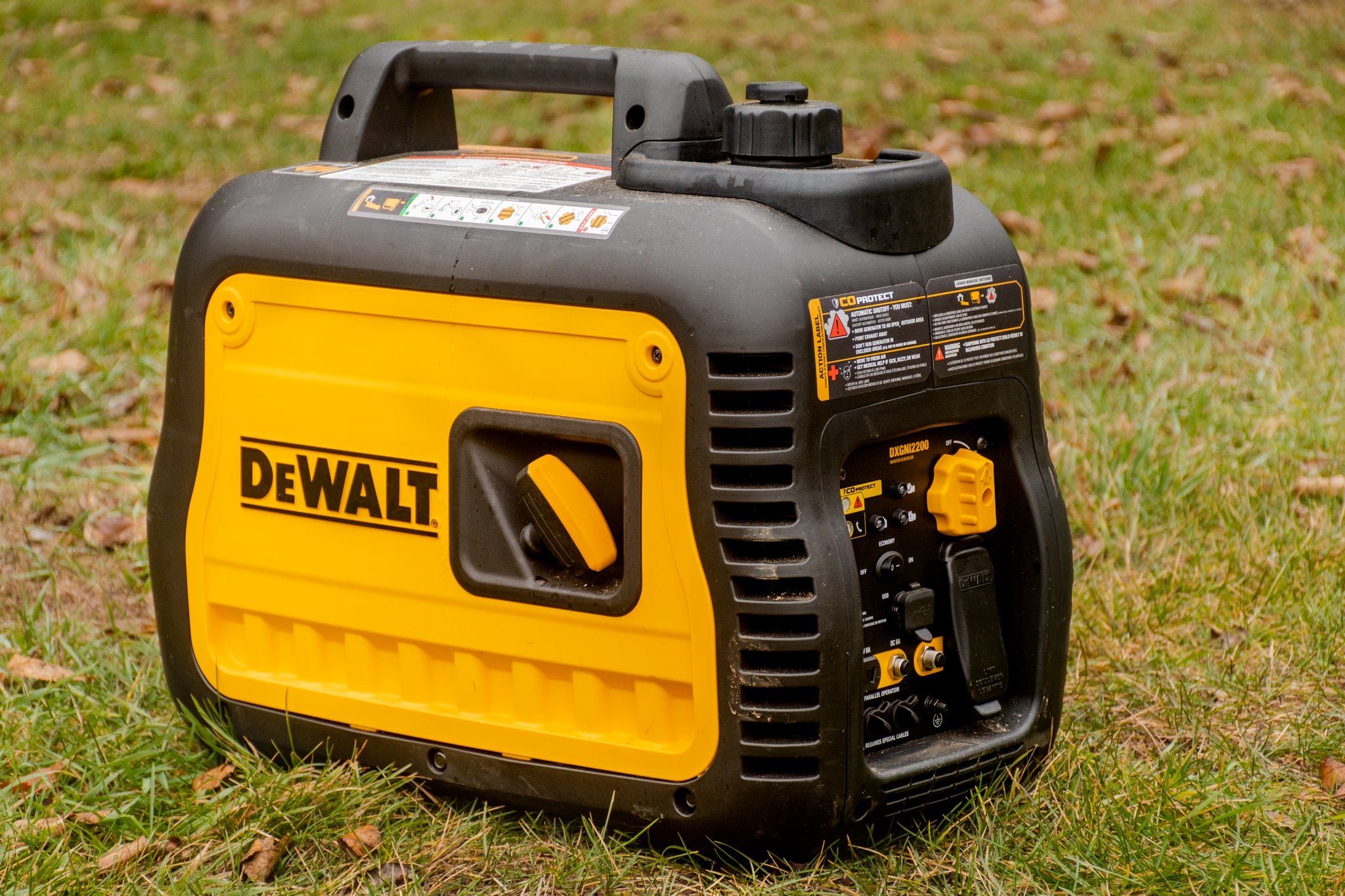
Portable generators are powered by fuel such as gasoline, diesel, or propane, and are often used for camping, tailgating, and other recreational activities. They are typically smaller and more affordable than other types of generators, but their power output is also lower.
Standby Generators
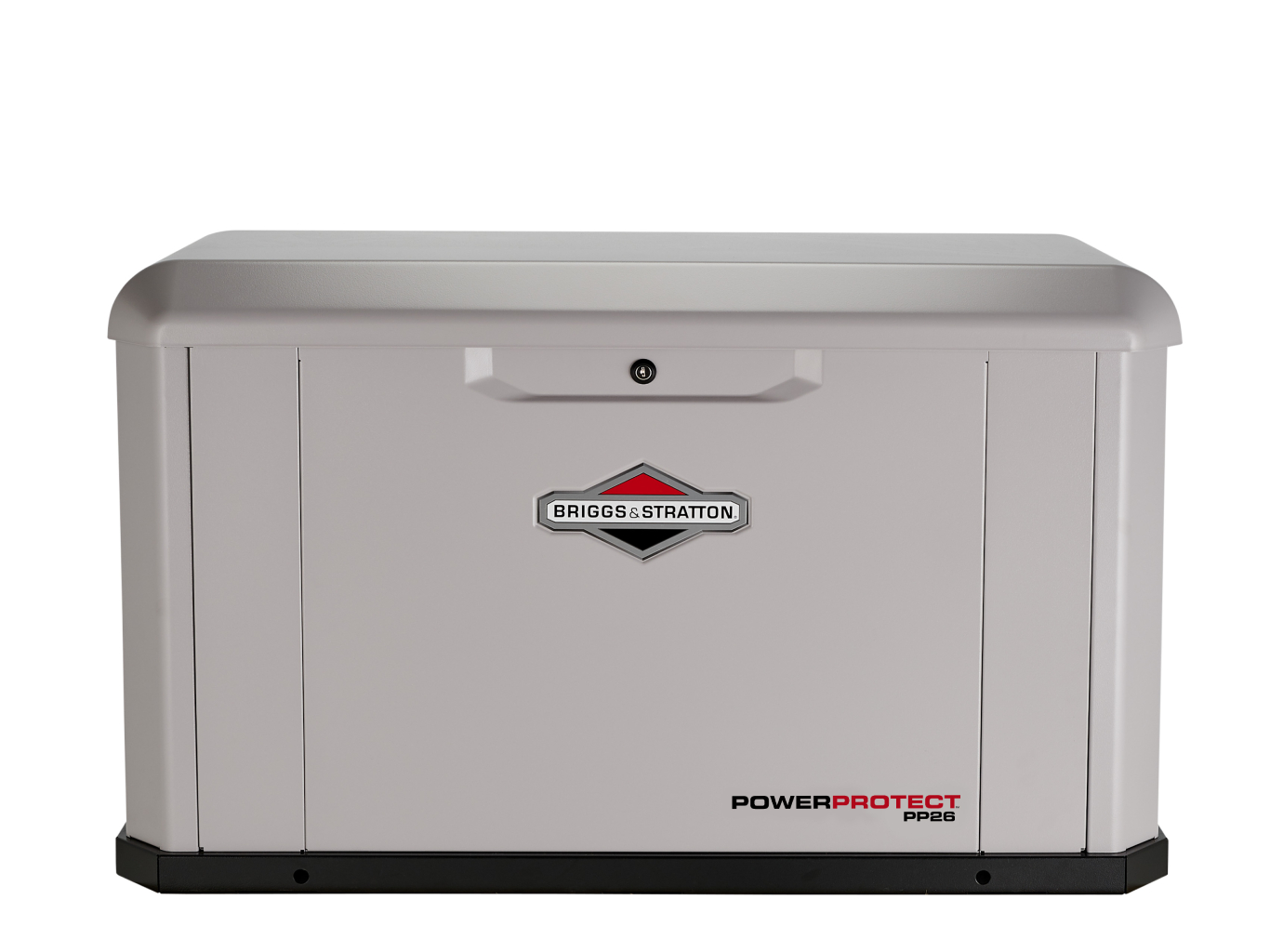
Standby generators are permanently installed outside of a home or business, and are powered by either natural gas or propane. They are typically used to provide power during a blackout or outage. Standby generators provide more power than portable generators and are more expensive.
In Line Generators
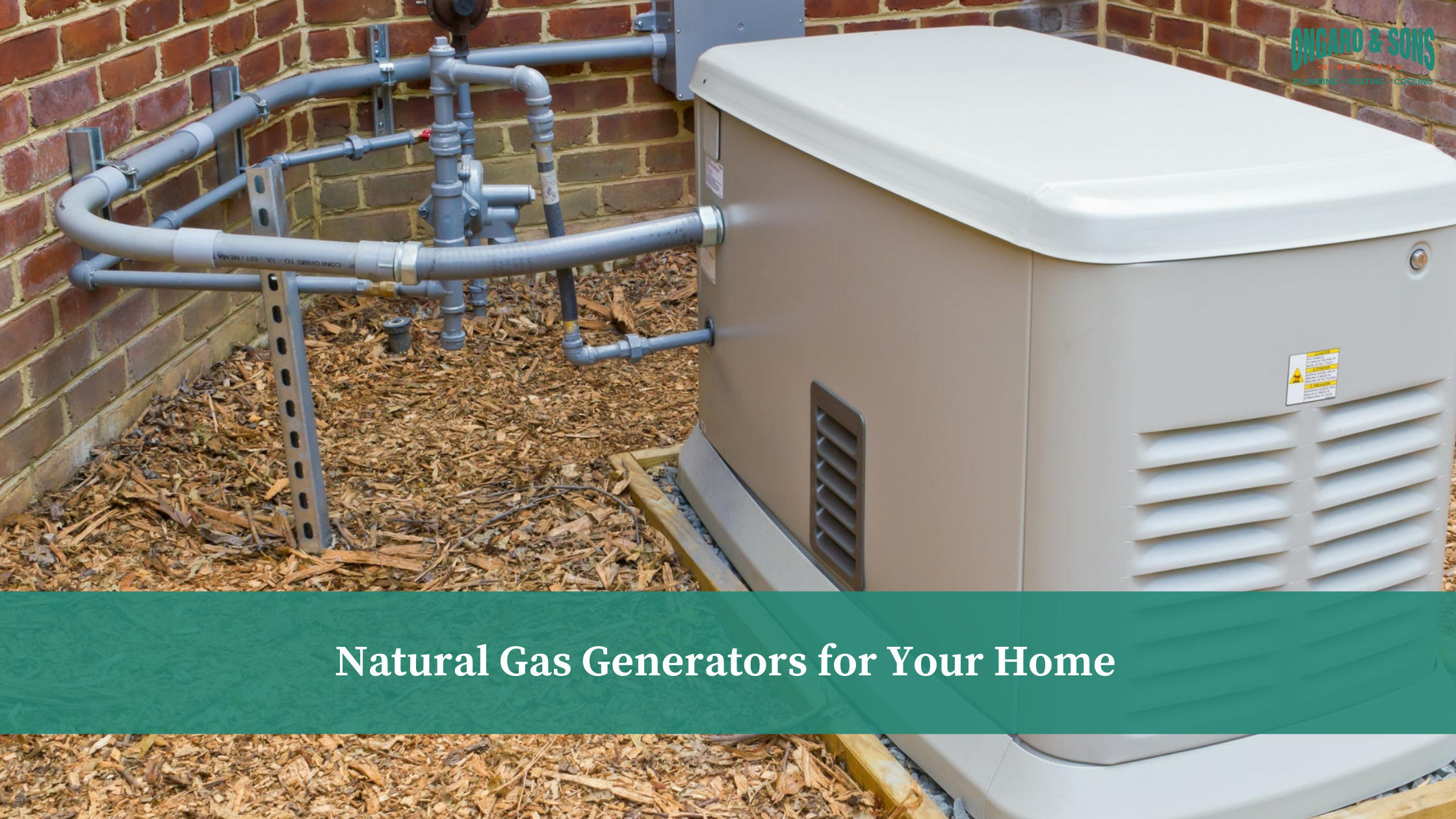
In line generators are permanent fixtures installed in the gas or water lines of a home or business, and provide continuous power. They are typically used in areas where frequent blackouts occur. In line generators are very powerful and are one of the most expensive types of generators.
Advantages of In Line Generators
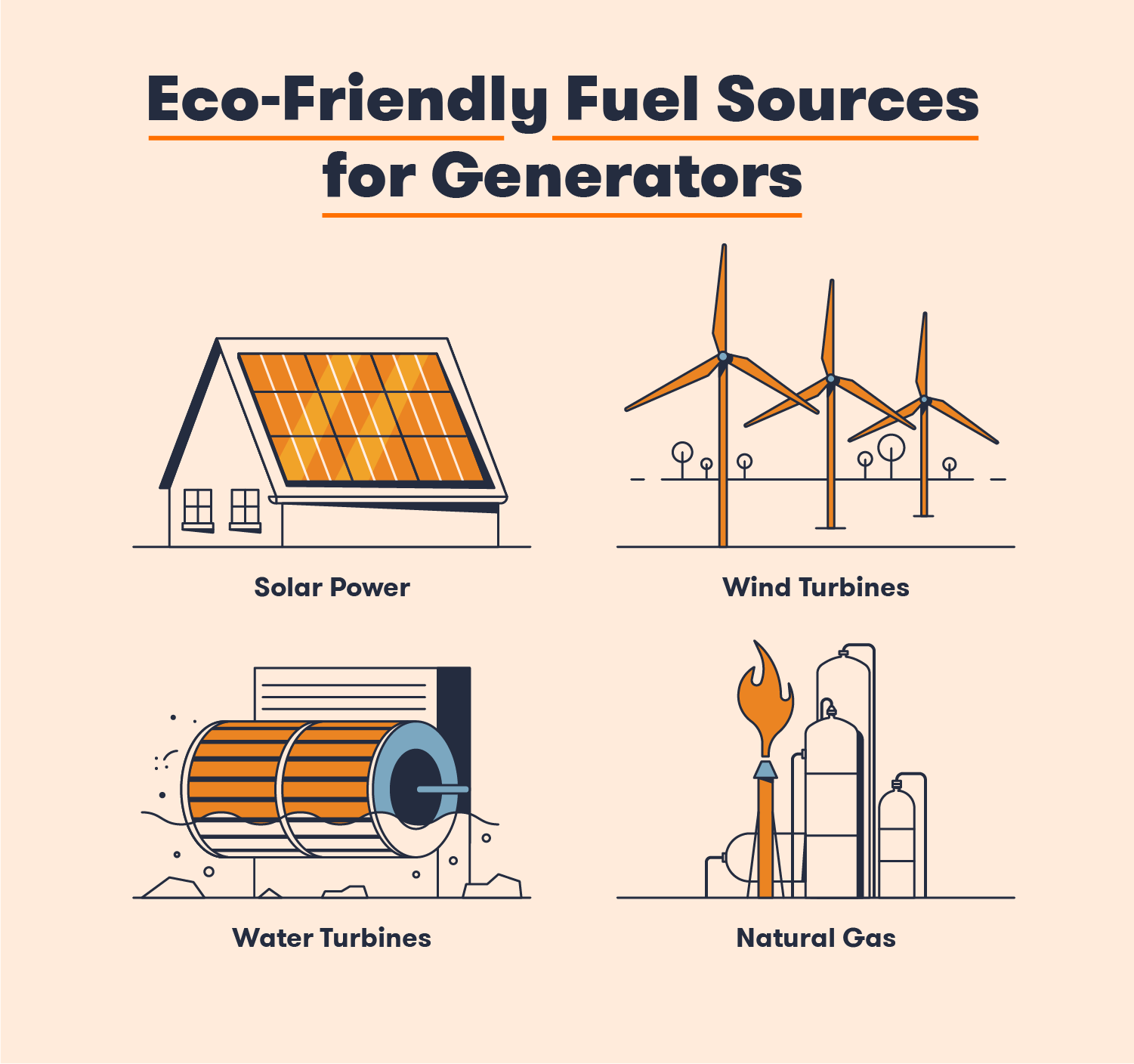
In Line Generators provide a great deal of advantages over traditional generators. They are much more powerful and efficient than traditional generators, meaning they are capable of producing higher amounts of power in less time. They are also more reliable, as they usually have fewer moving parts and a more reliable design. Additionally, In Line Generators are quieter, making them ideal for residential applications. They also require less maintenance, as they are designed to last longer and require less service. Finally, In Line Generators are more affordable than traditional generators, making them a great option for those on a budget.
Disadvantages of In Line Generators

- In line generators are generally more expensive than other types of generators.
- In line generators are typically large and bulky, which can make them difficult to install and maintain.
- In line generators require frequent maintenance due to their complex design.
- In line generators are typically less reliable than other types of generators.
- In line generators can be noisy, which can be a nuisance to neighbors.
- In line generators produce exhaust fumes, which can be hazardous to the environment.
Features of In Line Generators

| Feature | Description |
|---|---|
| Compact Size | In line generators are small and lightweight, making them ideal for tight spaces. |
| High Efficiency | In line generators are highly efficient and produce more power than conventional generators. |
| Low Maintenance | In line generators require minimal maintenance, making them ideal for long-term use. |
| Easy Installation | In line generators are easy to install and require minimal tools and materials. |
| Cost-Effective | In line generators are more affordable than other types of generators and provide excellent value for money. |
Applications of In Line Generators

In line generators are used for a variety of purposes, including providing a reliable and consistent source of power for industrial, commercial and residential applications. They are especially beneficial in applications where access to a power grid is not available or when it is necessary to supply power to multiple locations. Common applications of in line generators include powering large industrial sites, powering remote locations, providing emergency power, and powering critical equipment during maintenance and repair work.
In industrial settings, in line generators are often used to provide reliable and consistent power to equipment and machinery. They can also be used to provide a backup power supply in case of a power outage, ensuring that operations do not have to be stopped. In commercial settings, they can be used to provide power to retail stores, restaurants, and other businesses. In residential applications, in line generators can be used to provide a reliable source of power in the event of a power outage.
In line generators are also commonly used to provide power to remote locations, such as construction sites and outdoor events. They can be used to power lighting, sound systems, and other equipment at such events. They can also be used to provide emergency power during repairs and maintenance work. In addition, they are often used to power critical equipment, such as medical equipment in hospitals, to ensure that operations are not interrupted.
Finally, in line generators are often used to provide power to off-grid locations, such as remote cabins and other dwellings. They can provide a reliable and consistent source of power for those living in such areas, allowing them to live comfortably without relying on a power grid.
Safety Considerations for In Line Generators
| Consideration | Action |
| Check generator for proper grounding | Ensure the generator is properly grounded before operating |
| Check electrical cords | Ensure cords are in good condition, free of frays and cuts |
| Check generator for proper ventilation | Ensure there is adequate ventilation around the generator to prevent overheating |
| Check generator for proper fuel storage | Ensure fuel is stored in a safe and approved container in a well-ventilated area |
| Check generator for any leaks or damage | Ensure there are no fuel or oil leaks and that the generator is in good working condition |
| Check the generator for the correct wattage rating | Ensure the generator is capable of producing the correct wattage for the job |
| Check electrical outlets and cords | Ensure all electrical outlets and cords are rated for the wattage of the generator |
| Check the circuit breakers | Ensure the circuit breakers are properly functioning and not overloaded |
| Check the generator for proper maintenance | Ensure the generator is serviced regularly and that all parts are in good working condition |
In line generators should be operated in accordance with the manufacturer’s instructions and safety guidelines. Regular maintenance should be performed to ensure the generator is in good working order and that all safety measures are in place. All electrical cords and outlets should be properly rated and the generator should be properly grounded before operation. Adequate ventilation should be provided to prevent overheating and fuel should be stored in a safe and approved container in a well-ventilated area. Circuit breakers should be properly functioning and not overloaded and the generator should be checked for the correct wattage rating. All parts should be in good working condition and serviced regularly.
Maintenance of In Line Generators
In line generators require regular maintenance to ensure reliable operation and to minimize the risk of system breakdowns. The recommended maintenance schedule for in line generators should include a visual inspection and a periodic check-up of the generator’s electrical systems. In addition, the generator’s oil and filter should be changed at regular intervals.
Visual inspection should be done at least once a year, but it is recommended to do it every month. During the inspection, the generator should be checked for any signs of wear and tear, such as cracks or broken parts. The electrical systems should also be checked for any signs of damage or malfunction.
Periodic check-ups on the generator should be done to ensure that it is operating at its optimum performance level. During the check-up, the generator should be tested for voltage, current, and frequency. The generator’s fuel system should also be tested to ensure that it is functioning properly.
The oil and filter of the generator should be changed at regular intervals. The frequency of the oil and filter change should be determined by the manufacturer’s instructions. It is important to use the right type and grade of oil and filter to ensure that the generator is running at its optimum performance.
In line generator maintenance is important to ensure reliable operation and to minimize the risk of system breakdowns. The recommended maintenance schedule should include a visual inspection and periodic check-ups of the generator’s electrical systems, as well as regular oil and filter changes. With proper maintenance, an in line generator can provide reliable service for many years.
Frequently Asked Questions
What are the benefits of an in line generator for keeping my home running smoothly?
An in line generator provides a reliable source of power for your home during an outage. It is connected directly to your home’s electrical panel and automatically starts up when the power goes out, providing a continuous source of power. This type of generator also offers several other benefits, including: improved energy efficiency, reduced noise, and an extended lifespan. It is also more cost-effective than other backup power solutions. Additionally, an in line generator can be used to power essential appliances during an outage, ensuring your home stays running smoothly.
How do I install a generator at home?
Installing a generator at home requires careful planning, research, and preparation. It is important to ensure that all safety precautions are taken and that the generator is properly installed. First, determine the power requirements, then research the appropriate generator size and type. Ensure that the chosen generator meets local building and safety codes. Next, prepare the installation site, following all local regulations and requirements. Finally, install the generator, connecting it to the fuel supply and electrical system. Make sure to test the generator for proper operation before using.
What safety precautions should I take when using an in house generator?
Ensure the generator is placed away from windows and doorways to avoid carbon monoxide poisoning. Check the fuel tank regularly and keep it topped up. Do not overfill it. Ensure the generator is properly grounded. Inspect the generator before each use and ensure it is in good working order. Wear protective clothing and eye protection when operating the generator. Keep children and pets away from the generator. Avoid overloading the generator. Turn it off before refueling.
What type of maintenance do I need to do on an in line generator?
Regular maintenance of an in line generator is essential to ensure optimal performance and reliability. This includes checking and testing the battery and charging system, checking the engine oil and filters, checking the generator wiring and connections, and testing the generator under load. Additionally, it is important to perform regular tests and inspections of the generator’s safety features, as well as exercising the generator on a monthly basis to ensure that it is functioning properly.
What are some of the most common issues with In House Generators?
Fuel leakage, overheating, poor maintenance, and inadequate ventilation are some of the most common issues with in house generators. Fuel leakage can cause a fire hazard, while overheating can damage the generator, reduce its efficiency, and even cause it to fail. Poor maintenance can lead to insufficient lubrication, which can cause wear and tear on the generator’s components. Inadequate ventilation can lead to a buildup of dangerous gases, such as carbon monoxide, within the home.
Conclusion
Having an in line generator for your home can be a great way to ensure that your home’s power supply is uninterrupted and reliable. With its portability and easy installation, it can provide you with the peace of mind that your home will remain up and running during periods of power outages. The in line generator is a great way to keep your home running smoothly and ensure that your family is safe and comfortable.

